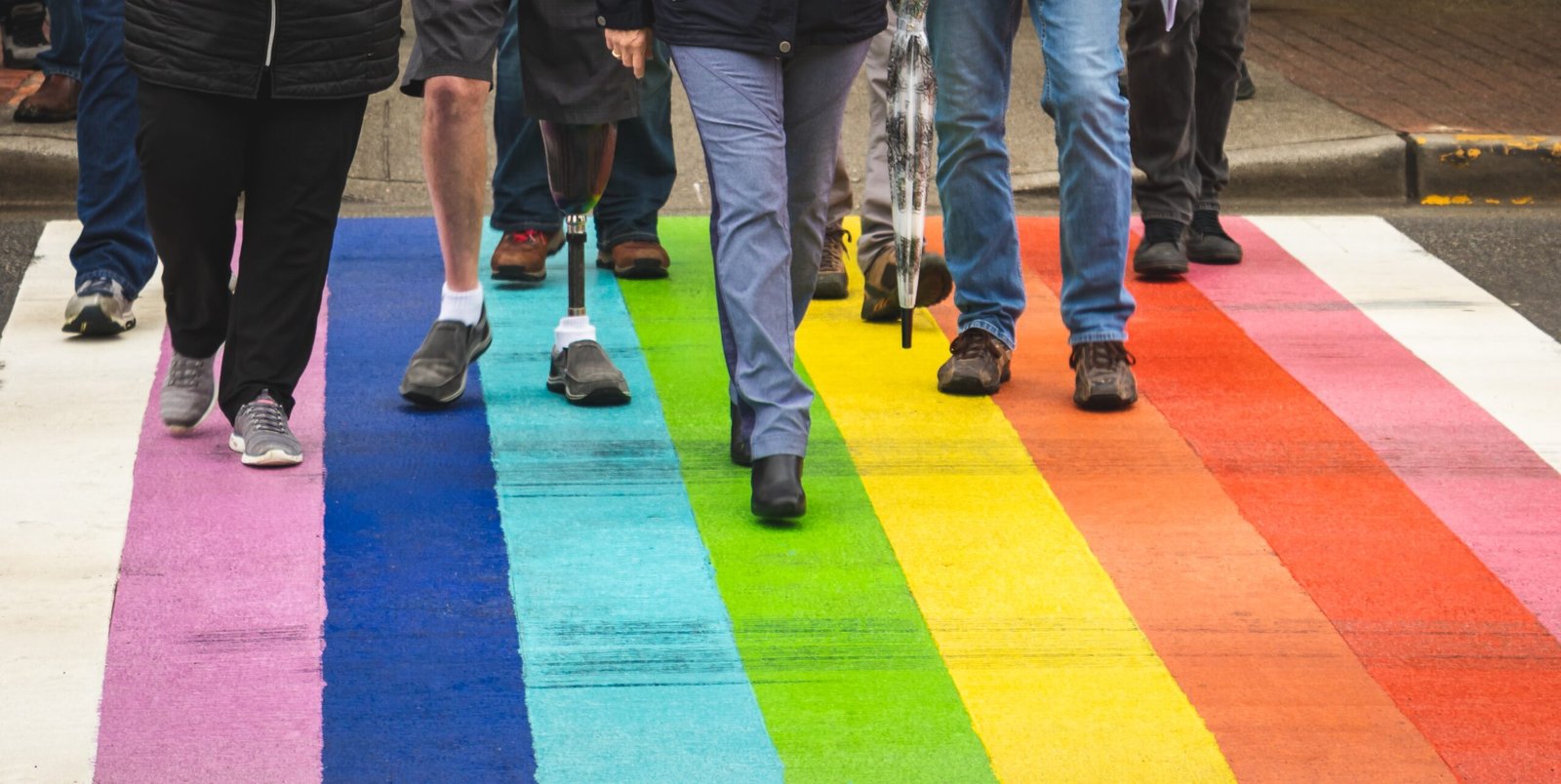
Introduction
In the world of design, inclusivity and diversity have become increasingly important considerations for companies seeking to create products and experiences that resonate with a wide range of users. As the design industry continues to evolve, so too does the need for designers who understand the value of inclusivity and diversity in their work. In this article, we will explore the significance of inclusivity and diversity in designer jobs, highlighting why it matters and how it can positively impact both the design process and the end user experience.
The Importance of Inclusivity and Diversity
Inclusivity and diversity in designer jobs go beyond simply checking boxes. They are essential for creating products and services that cater to a diverse user base. By having a team of designers with different backgrounds, perspectives, and experiences, companies can ensure that their products are accessible, culturally sensitive, and relevant to a wider audience. Inclusive design not only benefits marginalized communities but also enhances the overall user experience for everyone.
Enhancing Creativity and Innovation
Inclusive and diverse design teams bring together a variety of ideas and approaches, fostering creativity and innovation. When designers from different backgrounds collaborate, they bring unique insights and problem-solving skills to the table. This diversity of thought can lead to more innovative solutions and designs that address a broader range of user needs. By embracing inclusivity and diversity, companies can tap into the full potential of their design teams and drive meaningful change in their industries.
Designing for All Users
Inclusive design is about creating products and experiences that are accessible to all users, regardless of their abilities or backgrounds. By considering diverse perspectives during the design process, designers can identify and address potential barriers that might exclude certain groups of users. This could involve designing for different languages, cultural norms, physical abilities, or cognitive differences. When designers prioritize inclusivity, they ensure that their creations are usable and enjoyable for the widest possible audience.
Building Trust and Loyalty
Inclusivity and diversity in designer jobs also play a crucial role in building trust and loyalty among users. When users see themselves represented in the products they use, they feel valued and understood. This sense of inclusivity fosters a deeper connection between the user and the brand, leading to increased trust and loyalty. Companies that prioritize inclusivity and diversity not only create better products but also build stronger relationships with their customers, ultimately driving long-term success.
Conclusion
Inclusivity and diversity are no longer optional considerations in designer jobs; they are essential for creating products and experiences that resonate with a diverse user base. By embracing inclusivity and diversity, companies can tap into the full potential of their design teams, enhance creativity and innovation, and build trust and loyalty among users. As the design industry continues to evolve, it is crucial for designers to prioritize inclusivity and diversity in their work, ensuring that they are creating meaningful and impactful designs that benefit everyone.